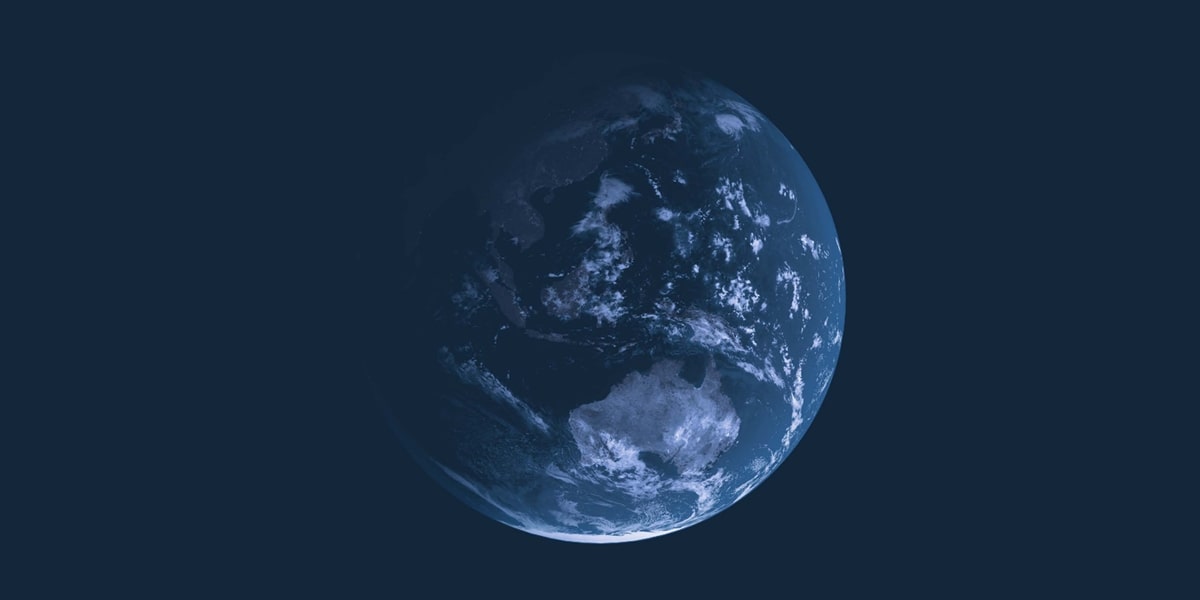Why Australia needs to own its strategic power
Australia will need to shape a region likely to be made up of a messy patchwork of coalitions, rather than a grand concert of powers. First published in the Australian Financial Review on 6 February 2023.

Power is a concept that can make Australians squeamish. Politicians and foreign policy bureaucrats would rather talk about Australia maximising its influence than exerting its power.
Meanwhile, in the Australian strategic community, a strain of self-doubt persists that Australia is a shrinking middle power – well on its way to becoming a minnow among Asian giants in regional power stakes.
Both point to the self-deprecating quality in Australia’s national character and a tendency (except for sport) not to take ourselves too seriously.
Yet, Australia is undeniably a powerful country – ranking sixth in this year’s Lowy Institute Asia Power Index, a data-driven assessment that measures national resources and international influence to rank the relative power of the states in the Indo-Pacific.
Having overtaken South Korea in 2020, Australia is now within a whisker of equalling Russia’s power – much weakened by the calamitous and brutal invasion of Ukraine.
What makes Australia so successful in the region’s only data-driven ranking of power? Above all, Australia avoids many of the pitfalls experienced by the region’s major powers.
We are a consistent “all-rounder”, achieving a top-10 finish in all eight of the Index’s measures of power since 2018: military capability and defence networks, economic resources and relationships, diplomatic and cultural influence, resilience and future resources.
Canberra’s diplomatic influence is up two places in 2023 under the Albanese government, finishing fifth overall – higher than at any time in five years. While the depth and reach of our defence networks – long a strong suit – is ranked second behind only the United States.
Other major players have their own strengths, but most have pronounced weaknesses too. For example, India and Russia have extremely underdeveloped economic ties in East Asia. China and Indonesia meanwhile lack extensive defence partnerships.
Alone among top-10 countries, and despite a drop in regional influence during nearly two years of strict border closures, Australia’s comprehensive power has also emerged relatively unscathed from the pandemic.
Our resilience owes much to our resource wealth and active participation in the rules-based trading system. Commodity-led exports have helped to insulate Australia’s bottom line. And the damage wrought by China’s trade restrictions since 2020 has been largely offset by trade diversion to other markets.
Thanks to immigration, Australia also inhabits a rare demographic goldilocks zone as one of the few advanced economies globally with a growing working-age population.
By contrast, most countries in Asia are either still developing, and register a far lower per capita GDP (such as Indonesia), or are rapidly ageing (as in Japan). Others, including China, are stuck in both worlds – growing old before they become rich – and risk languishing in a middle-income trap.
Just as important, and despite alarm bells about our deteriorating strategic circumstances, Australia remains enormously privileged by its geography. Many of our counterparts must factor conflict legacies and border disputes with larger neighbours into their foreign and defence policies. But Australia is surrounded by friends and fish.
As a wealthy and growing society on a naturally secure island continent, we have the resources to sustain a technologically advanced military capable of operating beyond our shores.
Our good fortune buys us something more important still: the breathing space to think expansively and act strategically about our contribution to regional order. The harder question, then, is not why Australia is powerful but how it should use its power.
The Asia Power Index is neutral on this question, evaluating the power of countries – whether benign players such as Singapore or pariah regimes like North Korea – according to the same metrics and agnostic to their aims.
Foreign minister Penny Wong has put great emphasis on Australia’s mission of shaping a region where power and size does not count for more than law and norms.
She underlines that no state is a bystander to history. Each has agency to “use our national power, our influence, our networks, our capabilities, to avert catastrophic conflict”.
Meeting that lofty challenge begins with an honest appraisal of our changing strategic landscape and a finer appreciation of the versatility of Australian power.
The China question
Australia has long been transfixed by China’s potential to displace our ally the United States as the region’s top power. Yet, the biggest surprise of the index is not that the age of uncontested US primacy is over – it most certainly is – but of China’s halting progress to become America’s equal.
On current trends, China is now less likely to pull ahead of its rival by the end of the decade. If it does so in future decades, China will not enjoy an advantage anything like the United States did in the past. A ‘Chinese century’ is not the most likely scenario.
Much current Australian thinking places great stock in an alternative scenario: the notion of a multipolar Indo-Pacific led by handful of great powers.
Inspired by the nineteenth century European tradition of a concert of powers, the hope is that the region coalesces around a military and strategic counterweight to deter China’s ability to dominate the Indo-Pacific – with Australia’s Quad partners, Japan and India, firmly on one side of the US ledger.
But this too appears to be misplaced.
A widening gulf separates China from the region’s next most important players. Japan and India have suffered setbacks causing them to fall further behind and drop out of a special category of major powers in the index entirely.
We must learn to deal with a messier reality. In its distribution of power, the Indo-Pacific still resembles a bipolar system much more so than it does a multipolar one.
But the Asia Power Index also reveals the existence of a “long tail” of middle powers in the region. Most of what Australia needs to do in shaping the regional context will involve this key but highly heterogeneous grouping of countries.
That is because, when neither the United States nor China can establish undisputed primacy in our region, smaller countries can still wield a powerful asymmetric advantage.
The actions, choices and interests of every third player become more consequential not only to the calculations of the superpowers but in shaping the character of regional order.
Australia, despite its remoteness, is a highly networked power. We carry less great power baggage and can be far nimbler in our regional engagement than either the United States or China.
This creates manifold opportunities for shaping a region which is likely to be made up of a messy patchwork of coalitions, rather than a grand concert of powers.
In the Pacific, our market size, proximity and people-to-people links mean we should be one of the primary engines of a sphere of integration – rather than a sphere of influence.
Our deepening alliance with the United States – through AUKUS – should not only be seen as a quid pro quo for keeping America in the game, but as a means of proactively shaping the role it plays in the region.
Our engagement in South-East Asia, where Australia must work with and through countries with vastly different political systems to our own, is key to shoring up region’s embattled multilateral system. For all its flaws, a grouping like ASEAN is a stronger bulwark against Chinese domination than a region without one.
Even stabilised ties with China accrue broader diplomatic dividends beyond the bilateral relationship. Professional direct contact with Beijing will help normalise our image with non-aligned countries, where we are otherwise too easily typecast as anti-China crusaders.
Australians who bemoan their deteriorating strategic circumstances should recall that the country is fortunate to have many cards to play. The challenge for the Albanese government is to find clarity in complexity and match power with purpose.
Herve Lemahieu is Director of Research at the Lowy Institute. Susannah Patton is Director of the Southeast Asia Program at the Lowy Institute.

